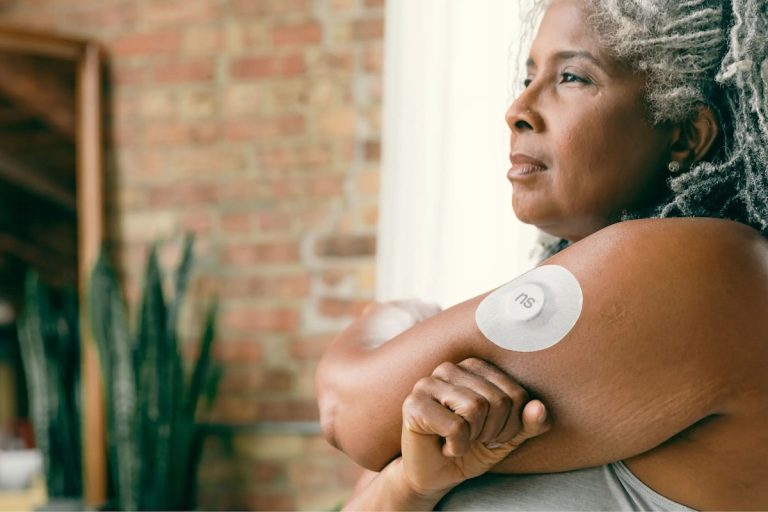- Sleep apnea, a severe sleep disorder, now has numerous innovative treatments due to technological advancements.
- CPAP machines and oral devices like occlusal splints, MADs, and TRDs are popular sleep apnea treatments.
- Wearable technology helps monitor sleep patterns and vital signs, providing timely data for medical intervention.
- In rare cases, minimally invasive surgical procedures can treat sleep apnea.
- Telemedicine has enhanced access to care, enabling remote consultations and continuous monitoring of patients’ progress.
Sleep apnea is a common yet severe sleep disorder that affects millions of people worldwide. This condition causes breathing disruptions during sleep, leading to several health issues like chronic fatigue, hypertension, depression, and multiple cardiovascular diseases. In the past, sleep apnea sufferers had limited treatment options. But today, thanks to technological advancements, numerous innovative sleep apnea treatments are available, helping to alleviate the symptoms and improve people’s sleep quality.
CPAP Machines:
Continuous Positive Airway Pressure (CPAP) machines are one of the most popular treatments used for sleep apnea sufferers. These high-tech devices are designed with detailed algorithms determining the pressure to keep a patient’s airway open throughout the night. They come with numerous features, such as humidifiers and heated tubing, providing added sleep comfort.
In recent years, CPAP machines have become more portable, convenient, and user-friendly, as they can now be connected to smartphones and other devices that can monitor the patient’s treatment progress. This helps doctors to identify any changes in sleep patterns that may require further medical intervention.

Oral Devices:
Oral devices are specially designed mouthpieces that keep the tongue and jaw forward during sleep, promoting proper airflow and reducing breathing disruptions. These devices are fitted by dentists and are customized to fit the patient’s mouth perfectly. They come in various shapes and sizes, offering choices to individuals who may not prefer CPAP machines. Here are some options:
Occlusal Splints
Occlusal splints are designed to fit over the upper teeth and are used for treating mild sleep apnea. They can also treat temporomandibular joint problems and reduce teeth grinding. High-quality soft occlusal splints provide maximum comfort for patients compared to harder versions.
Mandibular Advancement Devices (MADs)
MADs are designed to fit around the patient’s lower teeth and jaw, helping keep them in a forward position during sleep. They can be used for moderate to severe sleep apnea, providing more comfort than other oral devices. MADs can also be easily adjusted by dentists as they monitor the patient’s progress.
Tongue Retaining Devices
Tongue Retaining Devices (TRDs) are designed to keep the tongue forward during sleep, preventing any obstructions to airflow. They also help reduce snoring and can be adjusted for the best fit. TRDs offer superior comfort and are ideal for patients who cannot tolerate other types of oral devices.
Combination Devices
Combination devices are a hybrid of CPAP machines and oral devices, providing positive airway pressure and mandibular advancement. These devices are typically used when single-mode treatments are not effective. The combination devices work by keeping the airway open with the help of air pressure while simultaneously positioning the jaw forward to reduce the chances of the airway collapsing. Combining the strengths of both treatments offers a comprehensive solution to sleep apnea.
Wearable Devices:
The development of wearable technology has greatly benefited sleep apnea sufferers. Wearable devices such as smartwatches, fitness trackers, and biofeedback devices can now monitor the wearer’s sleep patterns, track vital signs, and record data during sleep. These devices utilize complex algorithms to diagnose sleep disorders while collecting data on sleep stages, heart rate, body temperature, and other critical metrics.
Additionally, wearable technology has enabled individuals to track their sleeping and breathing patterns and receive alerts when discrepancies are identified, allowing patients to get timely medical attention.

Surgery:
Surgery may be recommended as a last resort to treat sleep apnea in rare cases. Surgery aims to eliminate obstructions in the airway, creating better airflow and eliminating breathing disruptions. Technological advancements in surgical procedures have made it possible to treat sleep apnea with minimal invasiveness, including robotic-assisted surgery.
Telemedicine:
Telemedicine has revolutionized access to care for sleep apnea sufferers. Patients can now consult with professionals remotely, receive diagnoses, and receive treatment recommendations. Telemedicine has also enabled doctors to monitor their patient’s progress and intervene where necessary, enhancing the effectiveness of treatment.
Technology has significantly impacted sleep apnea treatment over the years, and advances continue to be made. By adopting these innovative treatment options, sleep apnea sufferers experiencing severe conditions can manage their symptoms better, improve their sleep quality, and live life to the fullest. However, it’s essential to note that sleep apnea has no one-size-fits-all treatment, and proper diagnosis is crucial for effective treatment. Always consult with your doctor to determine the best treatment option that works for you.



